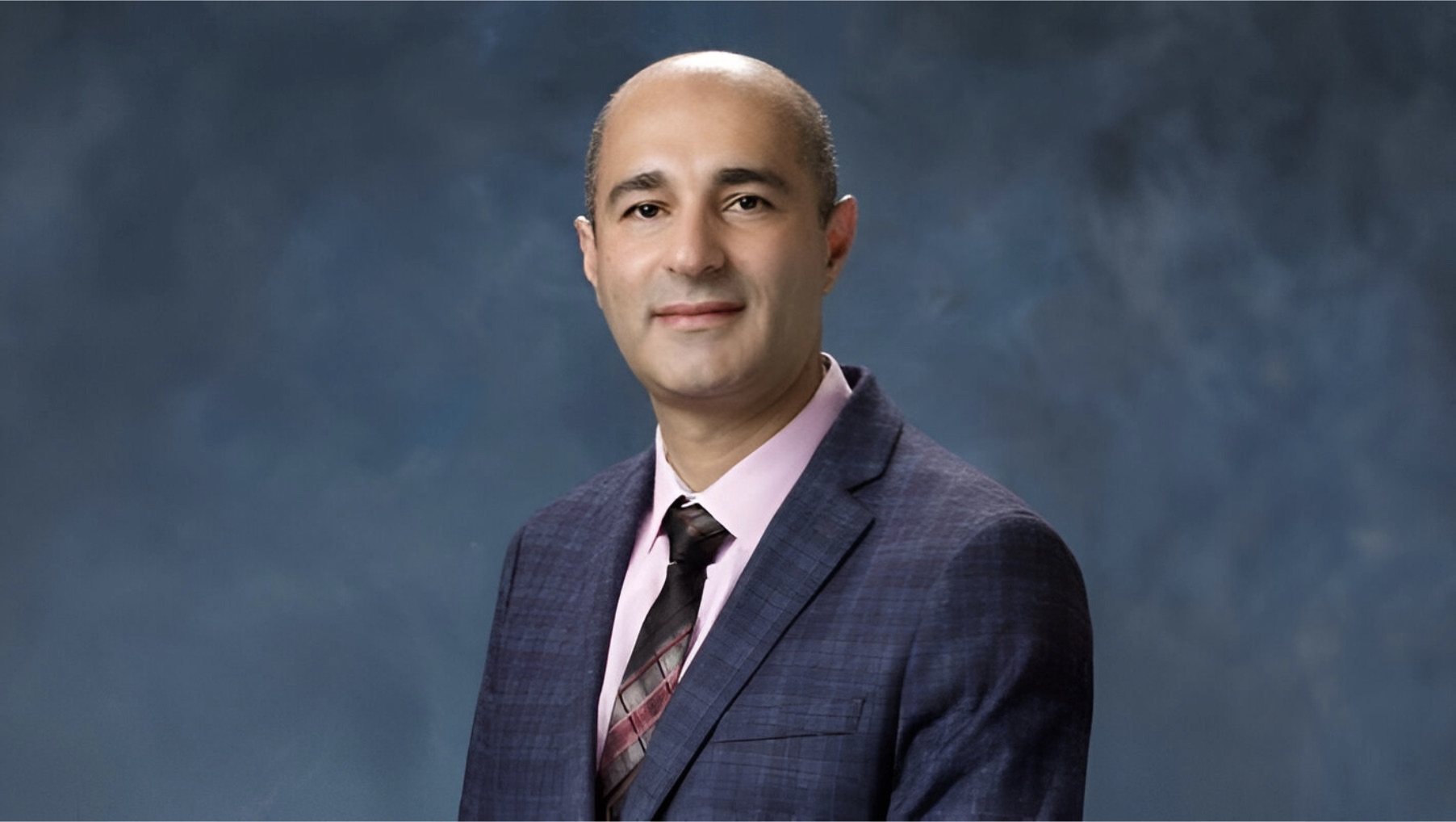Liam Ghiam, Clinical Associate in the UCI Health, Integrative and Functional Medicine Fellow at the Susan Samueli Integrative Health Institute, shared a post on LinkedIn:
“I once had a severe allergic reaction to gadolinium. It was frightening, and it made me realize how important safer options are. That’s why PRIME study resonates with me so much.
Lots of great discussion this weekend on Twitter/X about active surveillance, GG2, grading, and MRI-targeted biopsy in prostate cancer. Perfect time to revisit this study comparing multiparametric and biparametric MRI.
PRIME Trial: Prime example of using technology wisely.
Simpler, safer, and more efficient.
This is truly a prime study! Patient-Centered and Resource-Smart Imaging in Prostate Cancer Diagnosis
Key finding: bpMRI is not inferior to mpMRI for detecting clinically significant prostate cancer.
Trial design: Multicenter, level 1, international, non-inferiority diagnostic study (supported by PRECISION data).
- Bi-parametric MRI (bpMRI) uses just two sequences: T2 and diffusion (DWI).
- Multiparametric MRI (mpMRI) adds dynamic contrast–enhanced (DCE) sequences.
- Scan time: 15–20 minutes (bpMRI) vs 30–40 minutes (mpMRI).
Why this matters for patients?
- Increased Reaction, Increased Stress, Increased Time and Financial toxicities
- No contrast dye → eliminates risk of allergic reaction, organ damage, and gadolinium deposition in brain/other organs.
- Less anxiety, more comfort.
- Shorter scans → easier for men with claustrophobia, back pain, or other health issues.
- More patients can be scanned each day → shorter wait times.
- Lower costs compared to contrast scans.
Why this matters for hospitals and radiology centers?
- Increased Access
- Reduced workload
- Frees up scanner time for patients who really do need contrast.
- More fair access: every man who needs a scan has a better chance of getting one.
- Can be done in evenings or on weekends.
- Can be used more widely across the world
Why this matters for staff?
- Reduced Workload
- Easier workflow: no IVs, no contrast preparation.
- Less stressful: fewer emergencies from allergic reactions.
- Quicker reporting for doctors.
- Possible to run scans with smaller teams after hours and on weekends.
- No need for a physician presence.
Q: is this practice changing? new standard of care?”
Title: Biparametric vs Multiparametric MRI for Prostate Cancer Diagnosis
Authors: Alexander B.C.D. Ng, Aqua Asif, Ridhi Agarwal, Valeria Panebianco, Rossano Girometti, Sangeet Ghai, Enrique Gómez-Gómez, Lars Budäus, Tristan Barrett, Jan Philipp Radtke, Claudia Kesch, Francesco De Cobelli, Tho Pham, Samir S. Taneja, Jim C. Hu, Ash Tewari, Miguel Á. Rodríguez Cabello, Adriano B. Dias, Lance A. Mynderse, Marcelo Borghi, Lars Boesen, Paras Singh, Raphaële Renard-Penna, Jeffrey J. Leow, Fabian Falkenbach, Martina Pecoraro, Gianluca Giannarini, Nathan Perlis, Daniel López-Ruiz, Christof Kastner, Lars Schimmöller, Marimo Rossiter, Arjun Nathan, Pramit Khetrapal, Vinson Wai-Shun Chan, Aiman Haider, Caroline S. Clarke, Shonit Punwani, Chris Brew-Graves, Louise Dickinson, Anita Mitra, Giorgio Brembilla, Daniel J. A. Margolis, Yemisi Takwoingi, Mark Emberton, Clare Allen, Francesco Giganti, Caroline M. Moore, Veeru Kasivisvanathan
Read the Full Article on JAMA

More posts featuring Liam Ghiam.
